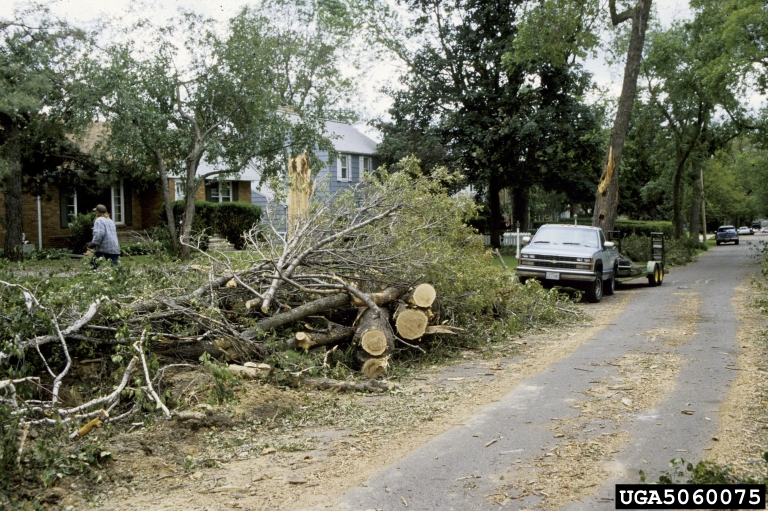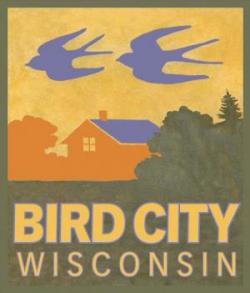 Act fast to keep your Tree City, Bird City and Bee City status! Due dates are as follows:
Act fast to keep your Tree City, Bird City and Bee City status! Due dates are as follows:
- Tree City USA (TCUSA) applications are due Dec. 31
- Bird City Wisconsin renewal applications are due Jan. 31 (new applications can be submitted anytime)
- Bee City USA renewal applications are due Feb. 28 (new applications can be submitted anytime)
These three programs are each managed by a different nonprofit, but they have a lot in common. In fact, a single project could be used to help meet all three programs’ requirements!
Continue reading “Deadlines Approaching For Tree City, Bird City And Bee City Applications”

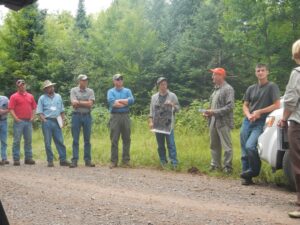
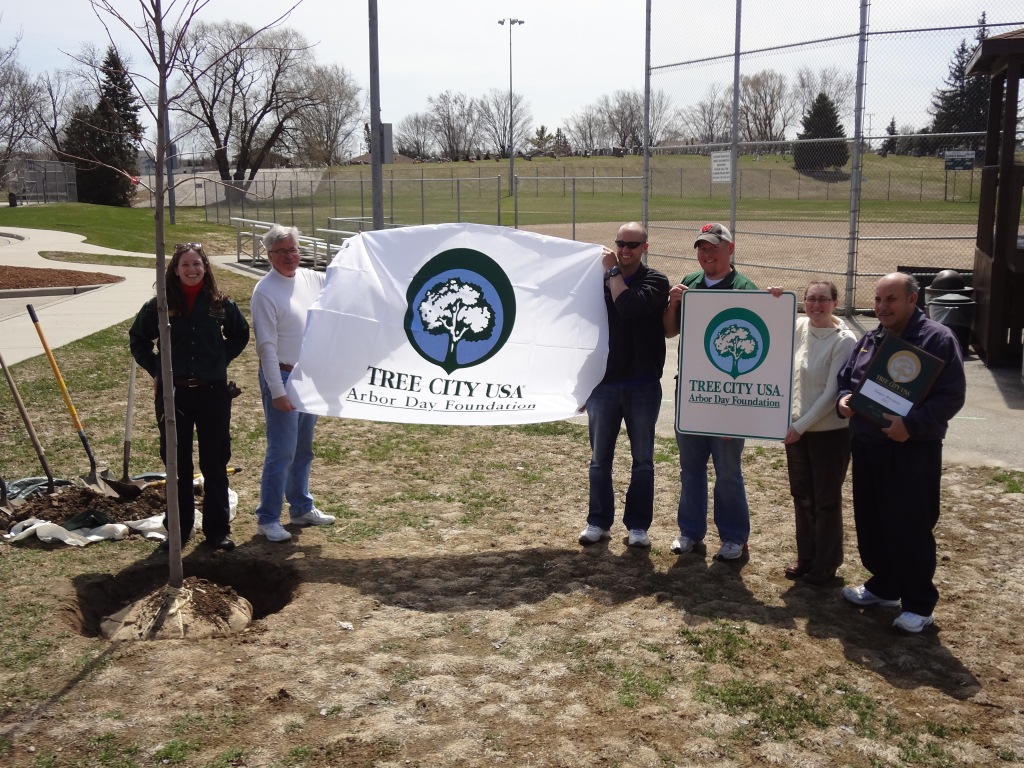 Did you know that Wisconsin had 201 Tree City USAs this year? It’s the first time we’ve crossed the 200 threshold!
Did you know that Wisconsin had 201 Tree City USAs this year? It’s the first time we’ve crossed the 200 threshold!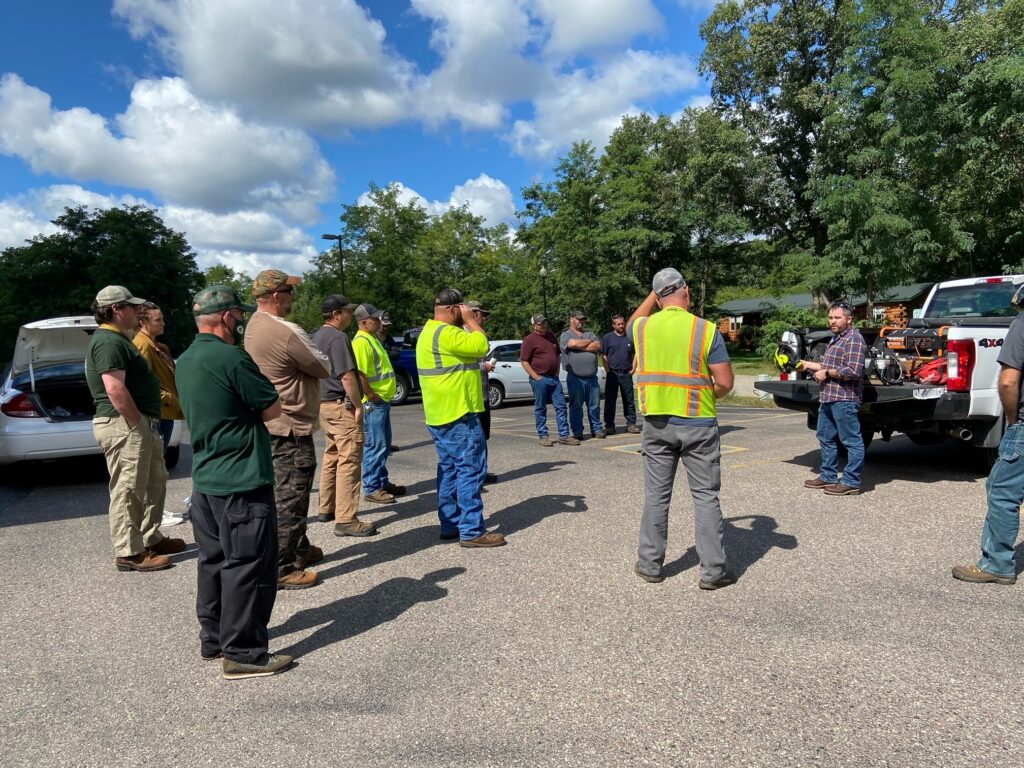 Part of our mission at the Wisconsin Department of Natural Resources (DNR) is to bring community foresters together to learn from one another and to provide training opportunities. Recently, one village administrator took it upon himself to do just that within his county.
Part of our mission at the Wisconsin Department of Natural Resources (DNR) is to bring community foresters together to learn from one another and to provide training opportunities. Recently, one village administrator took it upon himself to do just that within his county.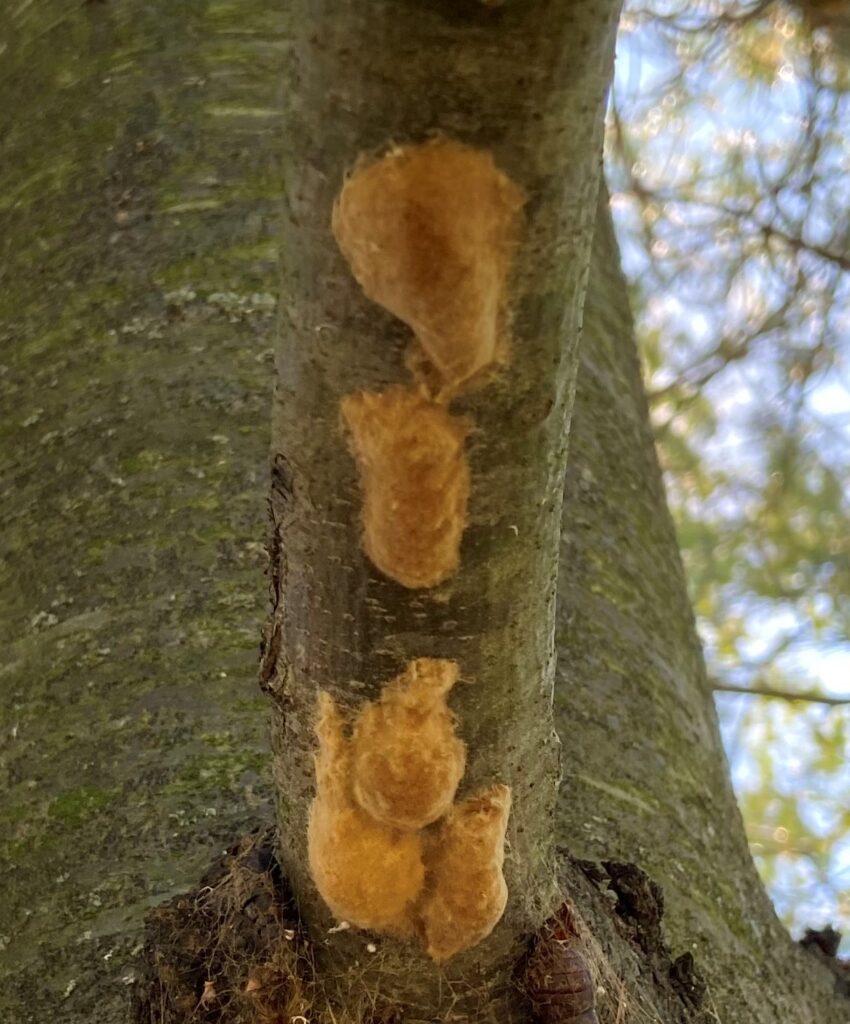
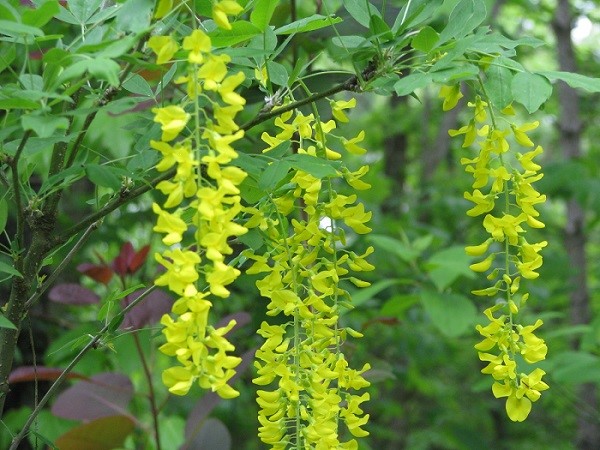 Created and administered by the Morton Arboretum in Chicago, the ArbNet Arboretum Accreditation Program is the only international accreditation program specific to arboreta. It fosters professionalism and collaboration and recognizes arboreta at various levels of development.
Created and administered by the Morton Arboretum in Chicago, the ArbNet Arboretum Accreditation Program is the only international accreditation program specific to arboreta. It fosters professionalism and collaboration and recognizes arboreta at various levels of development.